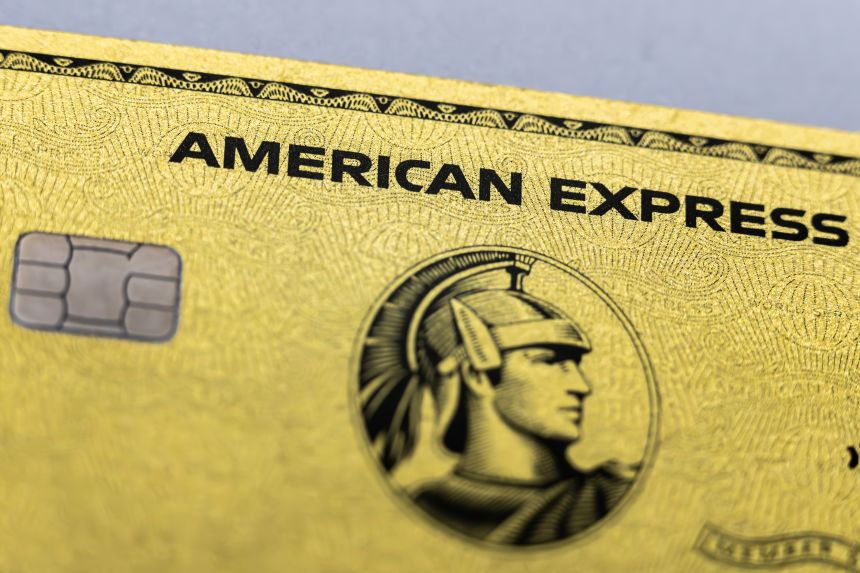While many Americans are feeling the pinch of a slowing economy, one group seems largely untouched: high-income earners. Despite inflation and economic uncertainty, affluent consumers continue to spend freely — and credit card companies are rewarding them with even more exclusive perks and luxury benefits.
But behind these enticing offers lies a growing concern among experts — that the cost of these rewards is ultimately being passed down to everyone else, including merchants and everyday consumers.
The Rise of Premium Credit Card Rewards
Major players like American Express and JPMorgan Chase have ramped up the competition for wealthy clients by enhancing their premium card offerings. The Amex Platinum Card now provides a $200 credit toward an Oura Ring, while the Chase Sapphire Reserve gives up to $500 in credits for luxury hotels. Both cards also offer access to airport lounges and concierge services — but with higher annual fees: $895 for the Platinum and $795 for the Sapphire Reserve.
However, these hefty fees are only part of the story. The real funding for these lavish perks often comes from merchant swipe fees — the charges businesses pay each time a customer uses a credit card.
How Swipe Fees Fund Rewards for the Wealthy
Every credit card transaction includes interchange and processing fees that merchants must pay to banks and card networks. According to experts, the U.S. has some of the highest swipe fees in the world, and much of that revenue helps fund credit card reward programs.
“Credit card companies are increasingly focused on serving their wealthiest customers,” said Doug Kantor, General Counsel at the National Association of Convenience Stores (NACS). “They’re offering more rewards for high earners — and pushing the cost onto everyone else.”
As merchants face higher acceptance costs, many pass those expenses on to consumers by raising prices. This means even people who pay with cash or debit end up subsidizing the perks enjoyed by premium cardholders. Research by Joanna Stavins, an economist at the Federal Reserve Bank of Boston, confirms this — showing that non-credit card users indirectly pay for the rewards system through inflated prices.
The Widening Spending Gap
New data from the Bank of America Institute highlights the growing gap in spending habits between income groups. In September, high-income households’ card spending grew over four times faster than that of lower-income families. Nearly half of all U.S. consumer spending now comes from the top 10% of earners — the highest share since at least 1989.
Federal Reserve data also shows that 51% of households earning over $150,000 prefer using credit cards, while lower-income households still rely more on cash and debit.
Merchants Push for Change
Since the pandemic began, swipe fees have jumped by nearly 70%, according to NACS. The group has been pushing for legislation that would give merchants the ability to choose lower-cost payment networks and foster competition in the credit card processing industry.
Although the proposal gained political support in 2023 — including from current Vice President JD Vance — progress has stalled, and experts see little chance of new legislation passing soon.
Without reform, credit card issuers are doubling down on their premium card business model: higher annual fees for consumers and higher processing fees for merchants. It’s a profitable strategy, especially as wealthy consumers continue to see stronger income and spending growth.
Credit Card Companies Defend the System
American Express declined to comment directly but notes on its website that it offers “simplified options” and lower fees for certain merchants based on their business type or region. Chase, meanwhile, said its Sapphire Reserve Card is aimed at “affluent customers who value travel, dining, and unique experiences,” while emphasizing that it also provides various card options for different income levels.
Are Swipe Fees Worth It?
Some economists argue that swipe fees — while costly — bring value to both merchants and consumers. Todd Zywicki, a law professor at George Mason University, contends that credit card transactions help businesses by reducing the need for cash and minimizing fraud risks.
“Merchants want the benefits of accepting credit cards without bearing the cost,” Zywicki said. He added that swipe fees help fund fraud prevention systems that protect consumers when cards are lost or stolen.
A Hidden Divide: Credit Scores Matter
Interestingly, not all affluent consumers come out ahead. Research from the International Monetary Fund (IMF) found that credit card users with high credit scores — regardless of income — benefit the most from rewards programs. By contrast, high-income users with low credit scores often lose out, paying more in fees and interest than they earn back in perks.
The Bottom Line
While credit card rewards may seem like a win for consumers, the system is tilted in favor of the wealthiest and most creditworthy users. The perks they enjoy are indirectly funded by merchants and everyday buyers, whether they use credit or not.
Until meaningful reform happens, the divide between reward earners and reward payers will likely continue to grow — one swipe at a time.
Tags: #CreditCards #FinanceNews #WealthGap #PersonalFinance #ConsumerSpending #AmericanExpress #ChaseSapphire #CreditCardRewards #SwipeFees #Economy #FinancialLiteracy #MoneyMatters #FinTech
